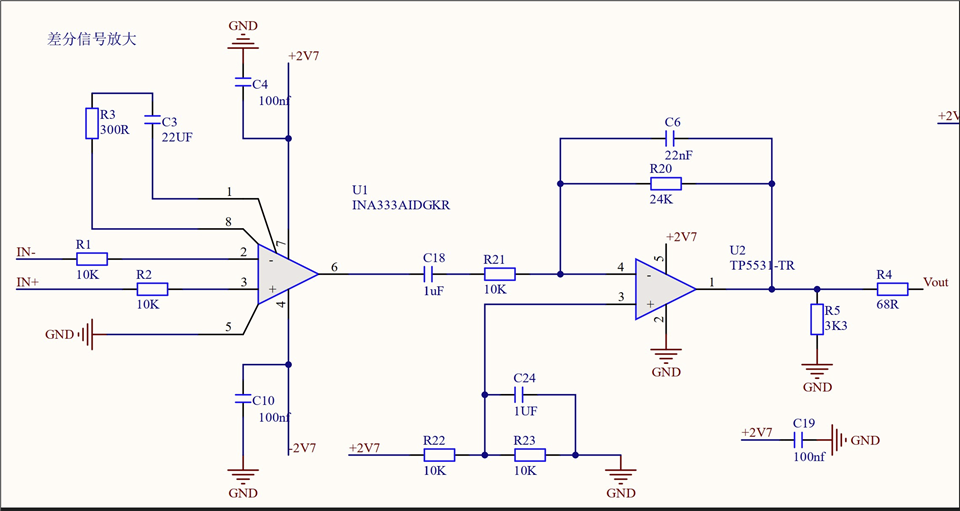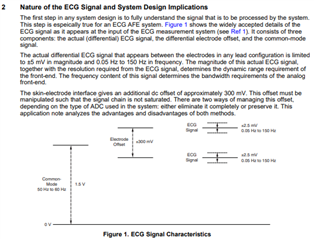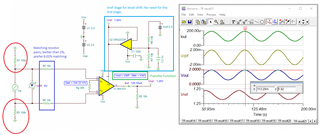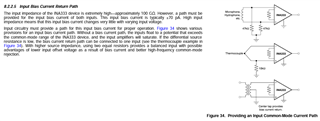Other Parts Discussed in Thread: OPA391, TLV387, OPA333, TLV333, OPA387, OPA187
Hello
I designed sEMG PCBA with INA333 as first stage of amplifier,first time I used the same SCH as bellow,and the ouput signal is correct.
The second edition of circuit design,I delete C3 because FAE tell me that there's no need to add C3.
And then there is no signal output for the first stage of amplifier.
I couldn't find any explanation to it in datasheets or any other designs,I want to know why. Thank you.







